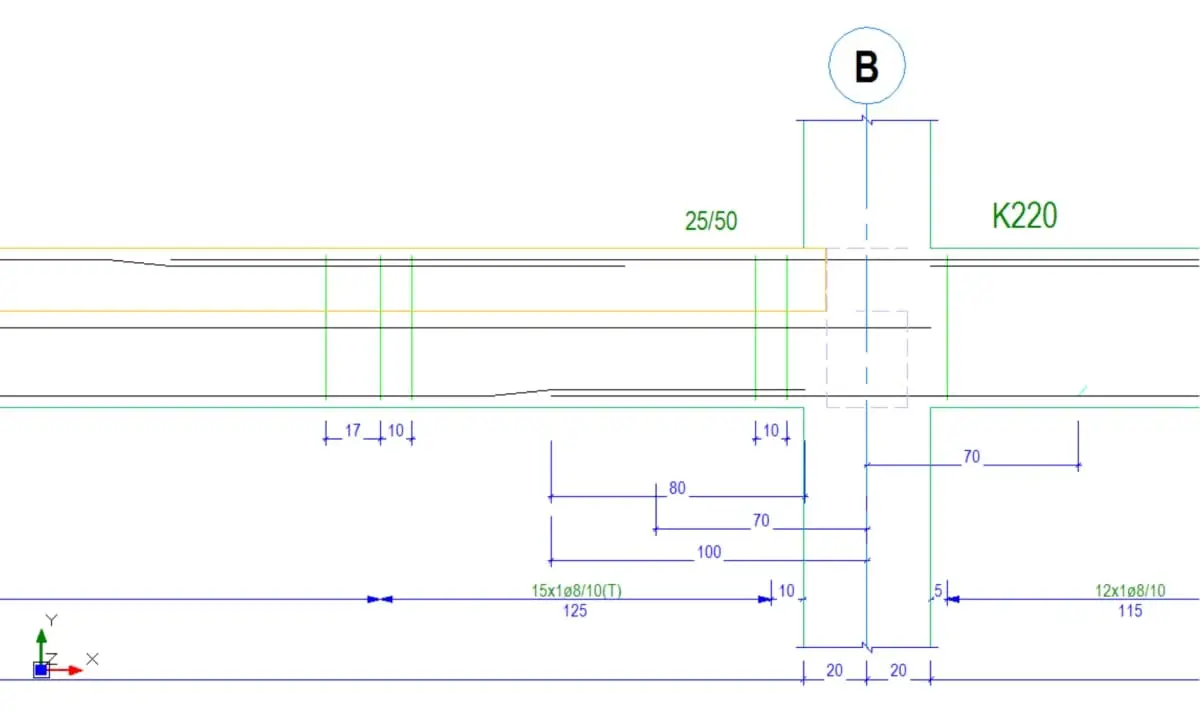
Rebar Anchorage and Lap Lengths
Summary
Lap length calculations are critical for ensuring the structural integrity and safety of reinforced concrete elements. ProtaDetails offers a comprehensive solution for calculating lap and anchorage lengths according to various global building codes. This feature helps engineers design robust and compliant structural connections with precision. It is especially valuable for complex projects that must meet international design and safety standards.
Lap length is the length over which two reinforcing bars overlap to ensure continuous stress transfer. Anchorage length is the embedment length required for a reinforcing bar to develop its full strength within concrete. Both are essential for effective load transfer and preventing structural failure.
ProtaDetails simplifies these calculations with an intuitive interface and tools that automatically account for code-specific requirements. These factors include bar diameter, concrete strength, rebar grade, and environmental conditions. The software supports building codes from many regions, making it adaptable to diverse projects and locations.
This document explores the detailed methodologies used in ProtaDetails, along with case studies to illustrate practical applications. For example, engineers can compare how different building codes affect lap and anchorage lengths for similar elements. This comparison provides insights into regional compliance and optimization strategies. By reviewing these case studies, users can see the real-world implications of these calculations and learn to enhance project accuracy and safety.
In summary, ProtaDetails enables precise lap and anchorage length calculations for various codes. This ensures that structural connections are reliable and meet international standards. It also streamlines the design process, contributing to the overall safety and durability of structures worldwide.







